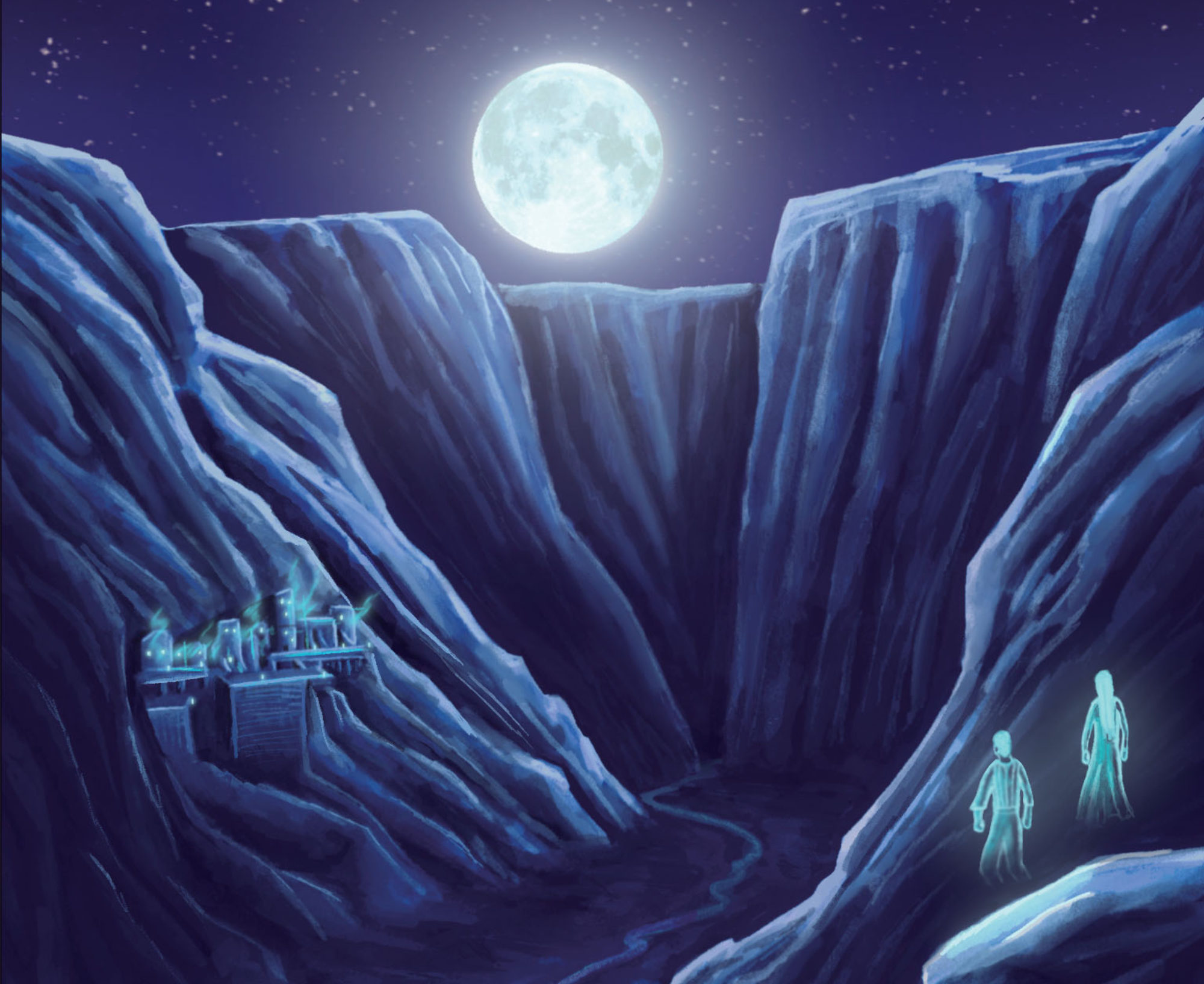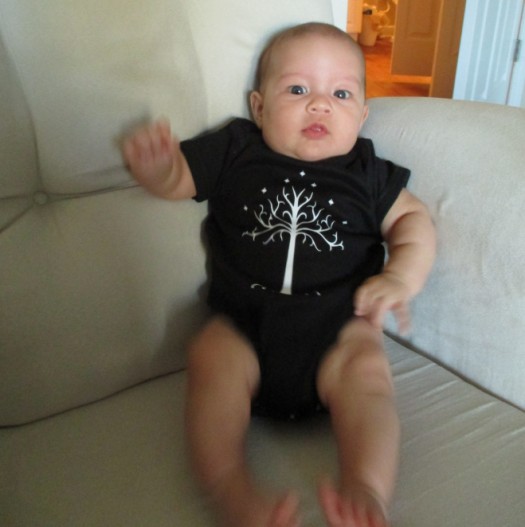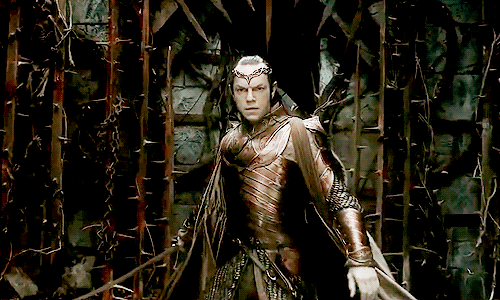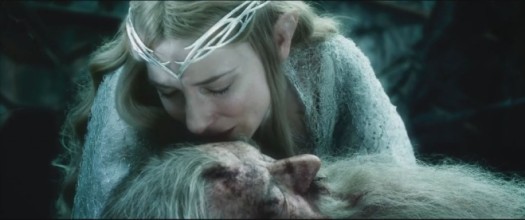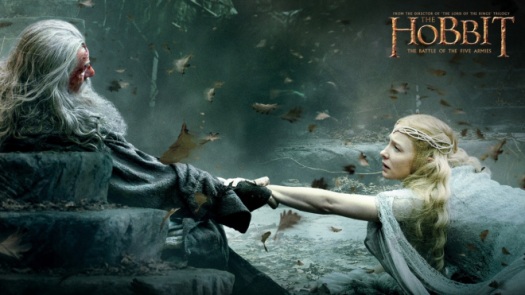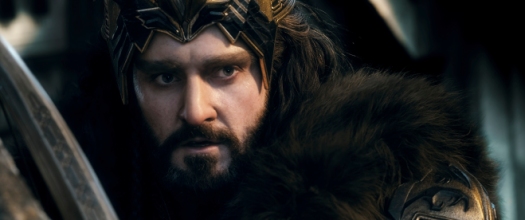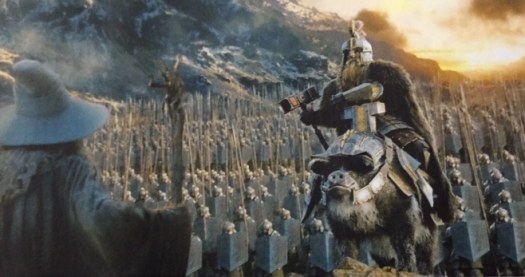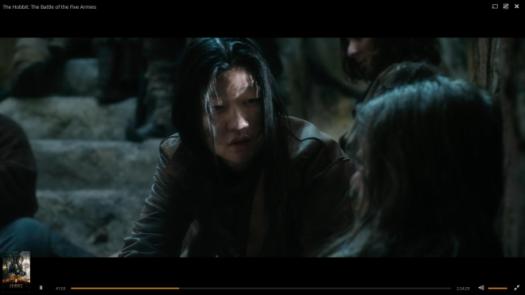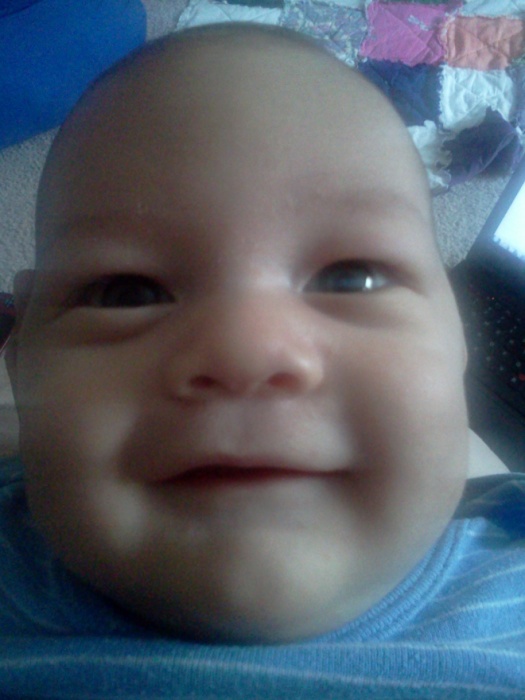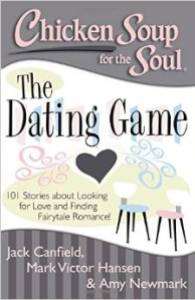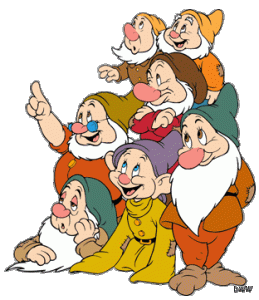All right, boys and girls. Gather ’round, ’cause it’s DRAGONWATCH TIME!

Dragonwatch: Wrath of the Dragon King came out last October, and man. Brandon Mull pulled out all the stops with this one. Usually he seems to wait until about book 4 of a series before ramping up the intensity, but when I finished this one, I was speechless. If this is book 2, what are the next three going to be like?
I’ve been dying to talk about this book, so let’s get started!
***Major spoilers will be avoided, but if you’re sensitive about that sort of thing, you may want to skip this post. Also, any promotional materials released before the book came out (book trailer, exerpts, etc.) are fair game.***
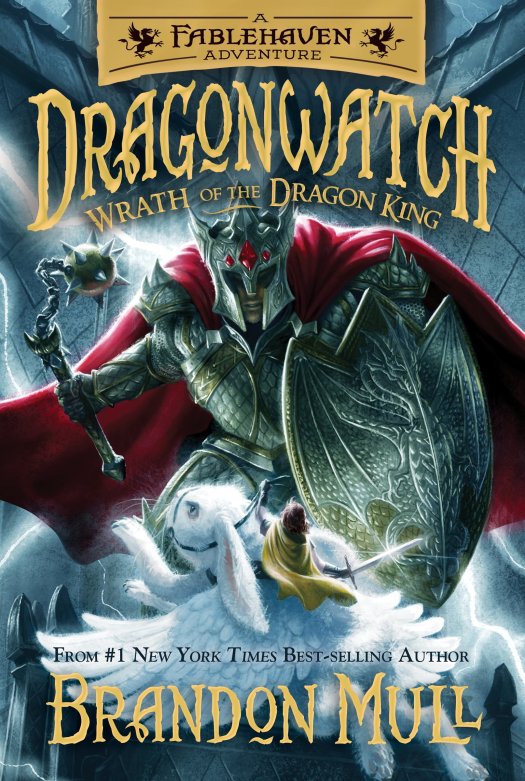
Wrath of the Dragon King picks up right where Dragonwatch left off. Having found the caretaker’s scepter and humiliated Celebrant, the dragon king, Kendra and Seth Sorensen are invited to the Feast of Welcome at Celebrant’s palace. The king officially declares war on the human caretakers, has their transportation killed, and forces them to take the long way home. As if hiking past a creepy castle on a festival night in a deadly sanctuary isn’t bad enough, they learn that Celebrant is trying to get the Wizenstone, a magical doohickey that either side can use to deus ex machina their way to victory in this war. Once again it’s up to plucky youngsters Kendra and Seth, along with their rotating cast of closest friends, to get the macguffin and save the day!
(Quick side note: What’s up with the name Celebrant? It’s a river in Middle-earth, a city on Roshar, and of course, ol’ kingy here. Is there some sort of rule that every fantasy author has to have something named Celebrant in their books? Because I’m so in. I hereby pledge to put a Celebrant of some kind in every fantasy novel I write from now on.)
The Good
First good thing: Tanu is back! Everyone’s favorite Samoan potion master returns from parts unknown, providing some much-needed Fablehaven nostalgia and adult supervision. I know, middle grade novels are supposed to be all about the kids. And don’t worry, Kendra and Seth are the ones who save the day, as usual. But Brandon Mull’s side characters are so much fun that you really miss them when they’re not around.
As such, sometimes I wish Brandon would work with the expansive cast he already has instead of introducing tons of new characters in every book. But at least one character introduced in Wrath of the Dragon King is worth the space: Ronodin, the dark unicorn.
Ronodin was actually mentioned in Fablehaven as a unicorn who willingly corrupted his horns, whatever that means. In Dragonwatch, Bracken went to Soaring Cliffs to stop him from wreaking havoc in another dragon sanctuary. Obviously he failed, because Ronodin starts slinking around the Feast of Welcome, causing trouble and harassing Kendra. He shows potential as an interesting villain for the series, and after finishing the book, I think he’s more twisted than the Sphinx. Here’s Ronodin in the book trailer, which gives you a pretty good idea of what to expect.
There are some spectacular dragon fights in this book. A dragon called Madrigus challenges Celebrant for the kingship at the end of Chapter 6 (which was released on Entertainment Weekly back in July, so calm down), which in dragon-land calls for a fight to the death. Which is awesome. The Somber Knight—Wyrmroost’s resident dragon slayer—makes a reappearance as well, and definitely earns his keep by throwing down some dragon carnage.
Several characters show some decent growth in this story. This might be the first book to break from the pattern of Seth doing idiotic things and endangering everyone, and Kendra bailing him out. He shows some genuine bravery in this book—not just reckless bravado, but actual courage. Especially at the end (oh my gosh the end! (sobs)). As for Kendra, she continues to be the level-headed, combat-useless older sister we know and love. She deals with some tricky situations in this book, but she pulls through every time. Without giving too much away, she has a hilarious and delightful Cinderella-style fairytale princess moment. Now she just needs her handsome prince to come back…grumble grumble…
Where was I? Oh yeah. Character growth. It seemed like Raxtus was going down a dark path in book 1, but he redeems himself here. And it’s fun to watch Knox and Tess, the Sorensens’ cousins introduced in the first book, getting involved in the magical stuff. Tess’s ability to see fairies and brownies and goblins without drinking the milk is fun and raises all sorts of questions about belief and magic, and Knox becomes less of an arrogant jerk as he’s forced to acknowledge he doesn’t know everything about everything. Good times.
Finally, Patton Burgess somehow makes an appearance in this book. It was so ridiculous that I laughed out loud. But it’s Patton, the ultimate bro, so overall I was pleased.
The Not-So-Good
My chief complaint is that once again, Warren Burgess is unacceptably absent. A Goodreads reviewer made the excellent point that it’s been eight (going on nine) years since we’ve had a book with Warren in it. Tanu is great and all, but I just want to know what my favorite injury-prone doofus is up to.
For that matter, I’ve got some bad news for Bracken-lovers: this installment is completely devoid of our favorite unicorn prince. Dragonwatch? More like Brackenwatch, amirite?
Seriously, though, I loved the Bracken/Kendra dynamic from Keys to the Demon Prison. All romance-y stuff aside, Bracken works extremely well on a team with both Kendra and Seth, and I was excited for more of that in this series. I’m hopeful that progress will be made toward rescuing Bracken from Unicorn McEdgebro in book 3, though. You can’t just leave that plot thread dangling for too long. I’m predicting that he’ll come into play fairly early on, just in time to help Seth out of his latest scrape.
As far as characters go, I continue to not be a huge fan of Calvin, the tiny hero. He’s a little too go-team, giddy-up, optimistic for me. After he swam in a bowl of custard in book one, I pretty much lost all respect for him. And come on, he says things like, “Try smiling. When I was just a boy, I remember my papa could smile his way out of anything.” What a chump. I was actually relieved when he couldn’t go into the castle with the kids. And while Lomo the Fair-folk outlaw sounded cool on paper (well, I guess this is all on paper), he doesn’t really contribute much to the story or the group dynamic. He’s basically the Legolas of the Dragonwatch crew.

One little thing that’s bugged me since Fablehaven is the weapons used in these situations. Everyone’s using a sword or a crossbow or a staff–Kendra even spends some time learning to use a bow. And yes, many of these weapons are magical, which is great. But does anyone really think a sword is the best thing to use in a fight with a dragon? Wouldn’t, like, a magical machine gun be better? Don’t try to tell me that, in a world where Larry Correia supposedly exists, there aren’t magical firearms and adamant bullets. Dale has used a shotgun to save the kids in the past, so don’t try to tell me the Sorensens are anti-2nd-amendment hippies. If time is of the essence, and you’re trying to teach someone like Kendra—with the musculature of a typical fifteen-year-old girl—to fight magical bad guys, wouldn’t it make more sense to take her to the ol’ Fablehaven shooting range? I dunno, man. This has just been on my mind for a while.
I picked up some inconsistencies regarding Seth’s shadow charmer powers. At the beginning of the book, the Chinese dragon Camarat is testing Seth on his ability to withstand dragon paralysis. Seth is frozen, but manages to keep his mind clear. Now I could be wrong, but I understood dragon fear as having two components: extreme magical fear, and overwhelming distraction. Seth, as a shadow charmer, is immune to magical fear. Kendra’s fairykind powers make her immune to distracter spells. So the first time they faced a dragon together, Seth didn’t feel any fear but couldn’t remember anything about himself or anything else; meanwhile, Kendra was terrified and frozen solid, but was able to think clearly the whole time. So when the kids were touching, they combined their powers and negated both components. In this case, Seth doesn’t feel any fear, but the distracter component seems to be absent. Although it’s possible that Camarat was deliberately holding that part back. But later on, Kendra is in a situation where she has to pay attention to a distracter spell in order to navigate, which doesn’t make any sense whatsoever. So maybe there’s a consistent issue with keeping these powers straight. I get it, though. There’s a lot of Fablehaven lore at this point.
In Conclusion…
Wrath of the Dragon King was a wild ride. And all things considered, I really enjoyed it, even more than the first one. Despite the fact that certain characters are unaccounted for, I’d give it five stars (and I promise to keep the Warren whinging to a minimum from now on). It’s impressive that after seven books in this world, Brandon Mull is still picking up momentum, and I can’t wait until the next book comes out in October.
(P.S. To my little sister: Read the book already! We need to talk about stuff!)
Happy reading!
